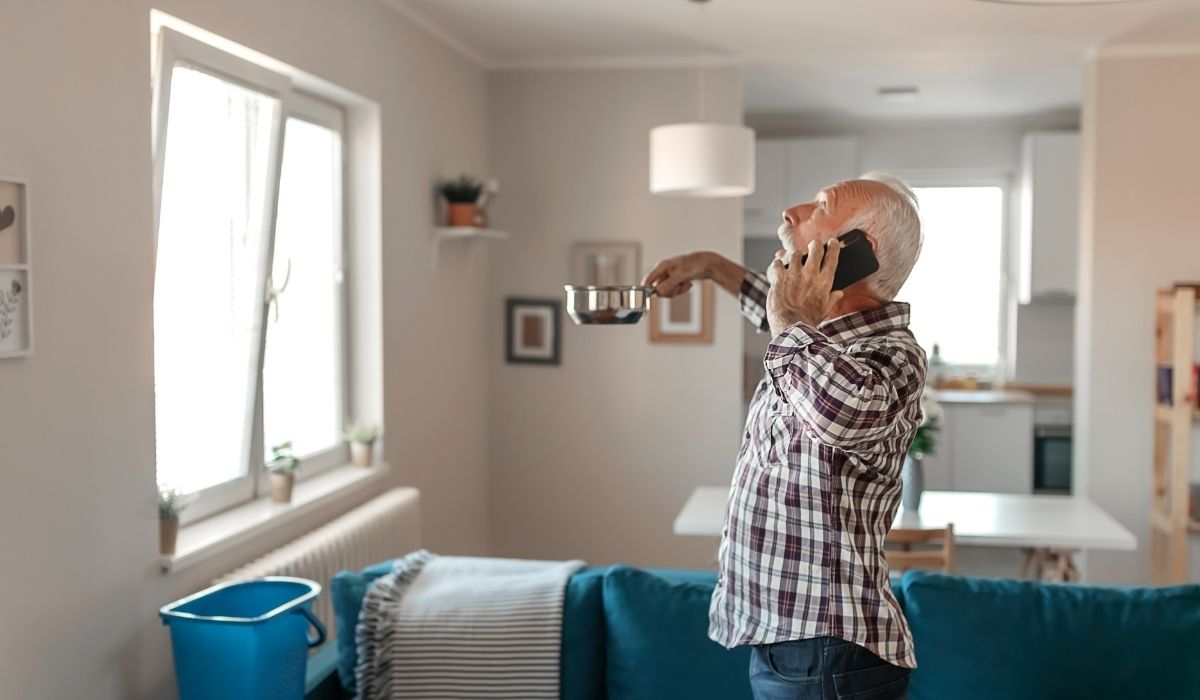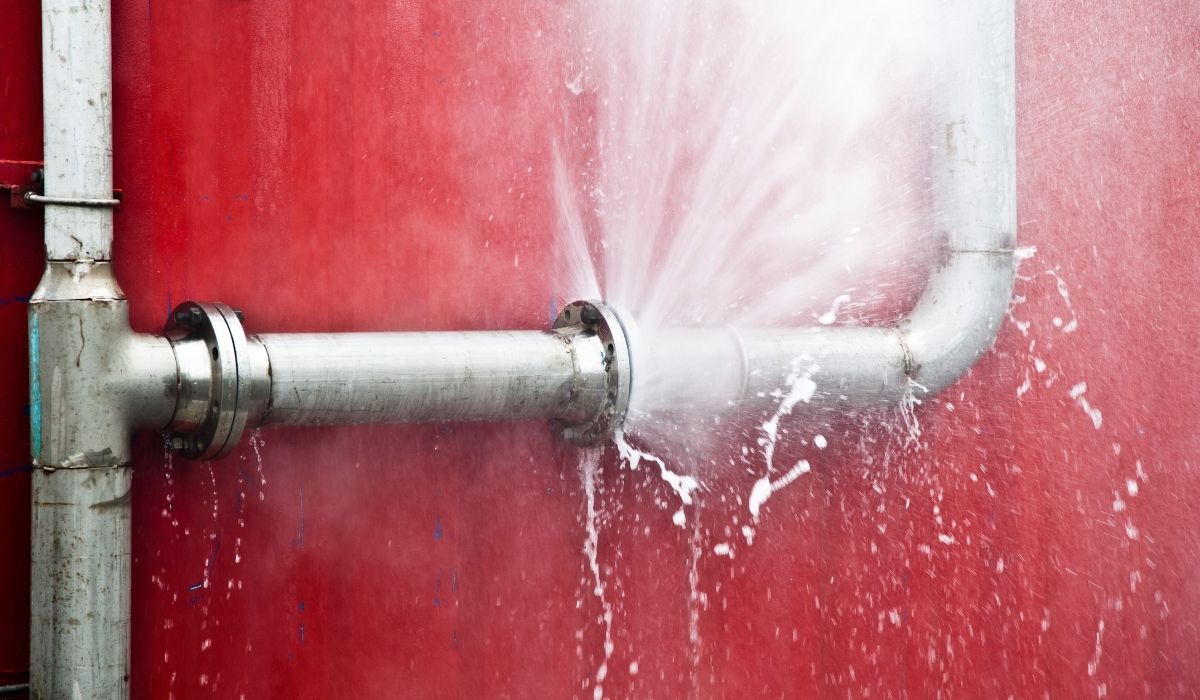Different Types of Mold From Water Damage to Look Out For

- November 26, 2024

Eric Allison
Eric Allison is a seasoned professional in property restoration, serving as the primary contact and founder of Preferred Restoration Services, LLC, based in Tustin, California. With a career spanning over two decades, Eric has developed extensive expertise in addressing fire, water, and mold damage, ensuring properties are restored to their pre-loss condition.
Table of Contents
EXCELLENTVerified A straight up honest broker who knows his stuff. Excellent communication and very helpful problem solving our mold issuePosted onVerified Giving Eric a 5-star review, and we haven't even started any work yet. He came to gave us his professional opinion and quote to address a mold issue in our house. He is clearly very knowledgeable. His opinion was wildly different than the previous estimate we received, from an agency that wanted to charge us about 4 times as much. He did a much more thorough assessment, and explained his reasoning for why he felt that our issue wasn't as extreme as the previous agency. He even gave us some suggestions as to how we could address our issue on our own, if need be. He doesn't appear "out to get you"... there are a lot of companies that work off the "mold is gold" motto, but he doesn't seem to be one of them. If we end up going with him for the job, we'll update the review... but, I was just so happy and relieved with his approach, estimate, knowledge, and his overall professionalism. Glad there are still people like this out there!Posted onVerified Eric and his team were prompt and professional. From diagnosis through cleanup they were very thorough.Posted onVerified Above and beyond expectations. Eric and his team were not only helpful, kind, and relatable to our issues, they were extremely professional and reliable. Always answered our calls. Showed up on time with great attitudes. Respected our home. Most importantly, got the job done in a fast and timely manner. Can't recommend enough.Posted onVerified We had a leak under the kitchen sink and called another company first. We were told there is mold and they would have to tent the area to remove it and that we'd also need a whole new cabinet. Of course, it was pretty expensive and they said we couldn't use the kitchen for a couple weeks. Feeling it's always wise to get more than one estimate, I called Preferred Restoration as they had excellent reviews. Eric replied promptly and came out to look things over. He felt the mold wasn't bad enough to require a tent and also felt a whole new cabinet was not required. Needless to say, we accepted his estimate immediately and the work was done in a professional manner. (They don't do the carpentry work, but can make a recommendation.) I highly recommend Preferred Restoration. I believe it's an honest company with skilled professionals.Posted onVerified Eric the owner was great to work and keep me informed the entire time that the moisture was being removed from my home. Highly recommend Eric and his team for any job!Posted onVerified Right from the start I knew I was going to be in good hands with this company. The response time was super quick and getting Eric to come out to my home to assess the situation was quicker than expected. Eric was very knowledgeable and answered all my questions thoroughly. He took his time to listen to all my concerns to carefully address the issues in my home. He made a stressful situation feel less stressful and manageable. I definitely recommend this company and will contact Eric if needed in the future. Thanks again Eric!Posted onVerified We discovered a mold issue in one of our bedrooms and reached out to Preferred Restoration Services for guidance. Eric was extremely helpful in helping us navigate what needed to be done since we had no experience with this type of issue. He shepherded us through the process and helped us understand every step that needed to be performed. He referred us to a couple of contractors which we used for plumbing and testing and they were also excellent. This was helpful so that we didn't have to figure out who else we needed to work with and vet them as well. Everyone from Preferred Restoration Services was very professional, communication was excellent, and customer service was outstanding. We had a lot of questions and they were all answered very quickly. I highly recommend Preferred Restoration Services for any damage restoration needs.Posted onVerified Preferred Restoration is the best service in town! If you want quality, fair pricing & guidance, call Preferred Restoration! Ask for Eric, he is very helpful and quick.Posted onVerified We had an issue with a sewer line that leaked and potentially needed some soil remediation under the house. I gave Eric a call and made an appointment for the next day for him to come out and assess the situation. Throughout the process his communication was great and he was on time (even gave me a call to let me know he was on his way). He went above an beyond to even check inside the house for potential water damage/mold. We did not have to move forward with any remediation. I appreciate Eric's communication, thoroughness, and HONESTY. We will keep his contact if we need any work in the future. I highly recommend Eric and Preferred Restoration!
Different Types of Mold From Water Damage to Look Out For
Water damage in your home can lead to a mold infestation, causing structural issues and health risks. Mold from water damage can thrive on damp surfaces, spreading through airborne spores and creating a dangerous environment. This guide, brought to you by Preferred Restoration Services in Orange County, will help you identify different types of mold, understand their risks, and take steps to address them.
Key Takeaways
Mold from water damage can grow quickly and lead to health risks and structural issues.
Common types of mold include black mold, Aspergillus, Penicillium, Cladosporium, and Alternaria.
Mold thrives on porous materials like drywall and carpets, especially in damp or humid environments.
Prevent mold growth by fixing water leaks, drying wet areas promptly, and maintaining low indoor humidity.
For extensive mold infestations, hire a professional mold remediation company to ensure safe and effective removal.
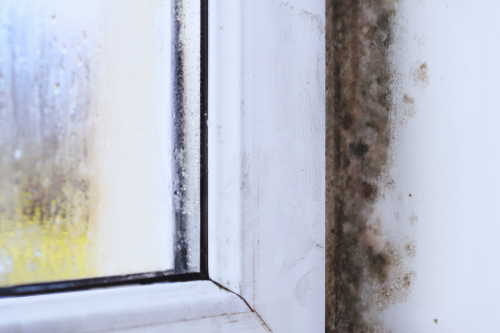
How Mold Develops After Water Damage
When water damage occurs, excess moisture creates the perfect conditions for mold growth. Mold spores are naturally present in the air, but they require moisture to grow. Common causes include:
Water leaks from plumbing, roofs, or appliances.
Flooding or standing water.
Condensation from high humidity levels.
Once mold begins growing, it can quickly spread, damaging porous materials such as drywall, wood, and carpets. Addressing mold after water damage is essential to prevent mold infestation and severe health problems.
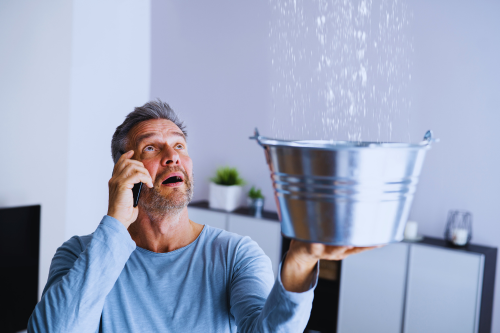
Types of Mold From Water Damage
Here are the most common types of mold to look out for after water damage:
1. Black Mold (Stachybotrys chartarum)
Black mold is infamous for its association with toxic mold exposure. It thrives on porous materials like drywall, wood, and insulation, especially in areas with prolonged moisture. Black mold often appears as dark green or black patches and emits a strong musty odor.
Health Risks: Black mold exposure can cause respiratory problems, allergies, and skin irritation.
Where to Look: Basements, crawl spaces, and areas with water leaks or flooding.
Action: Black mold requires immediate attention from a professional mold remediation company to ensure safe and effective removal.
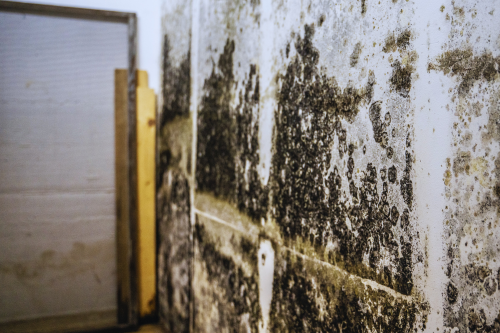
2. Aspergillus
Aspergillus is one of the most common indoor molds, thriving on damp surfaces and building materials. It can appear in various colors, including yellow, green, or brown.
Health Risks: Prolonged exposure can cause allergic reactions and lung infections, especially in people with weakened immune systems.
Where to Look: HVAC systems, walls, and ceilings affected by water leaks or condensation.
Action: Prevent mold growth by fixing leaks and controlling humidity levels.
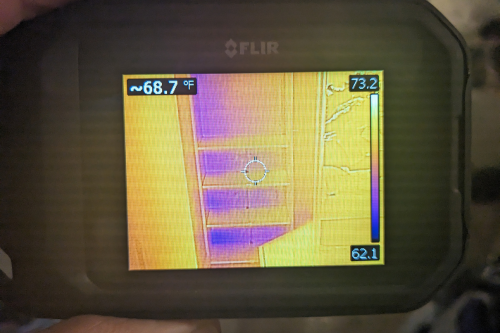
3. Penicillium
Penicillium is known for its blue or green appearance and its ability to spread quickly. It grows on porous materials that have been damaged by water, such as carpets, insulation, and furniture.
Health Risks: Mold spores from Penicillium can trigger allergies and asthma attacks.
Where to Look: Wet fabrics, damp wood, and areas with water damage.
Action: Remove mold promptly using professional mold remediation services to prevent further mold damage.
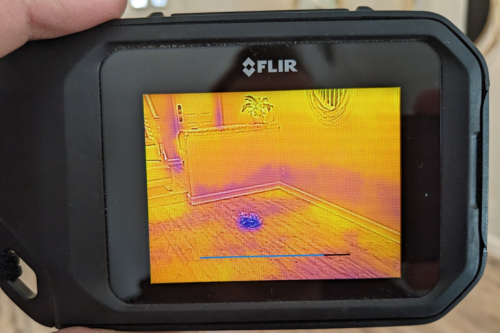
4. Cladosporium
Cladosporium is unique because it can grow in cooler temperatures compared to other molds. It often appears as olive-green or brown spots and can grow on both porous and non-porous surfaces.
Health Risks: Exposure can lead to respiratory issues and skin irritation.
Where to Look: Painted surfaces, carpets, and HVAC ducts exposed to moisture.
Action: Use a combination of mold testing and mold remediation to address mold infestation.
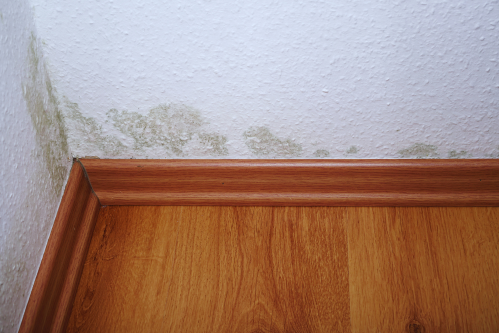
EXCELLENTVerified A straight up honest broker who knows his stuff. Excellent communication and very helpful problem solving our mold issuePosted onVerified Giving Eric a 5-star review, and we haven't even started any work yet. He came to gave us his professional opinion and quote to address a mold issue in our house. He is clearly very knowledgeable. His opinion was wildly different than the previous estimate we received, from an agency that wanted to charge us about 4 times as much. He did a much more thorough assessment, and explained his reasoning for why he felt that our issue wasn't as extreme as the previous agency. He even gave us some suggestions as to how we could address our issue on our own, if need be. He doesn't appear "out to get you"... there are a lot of companies that work off the "mold is gold" motto, but he doesn't seem to be one of them. If we end up going with him for the job, we'll update the review... but, I was just so happy and relieved with his approach, estimate, knowledge, and his overall professionalism. Glad there are still people like this out there!Posted onVerified Eric and his team were prompt and professional. From diagnosis through cleanup they were very thorough.Posted onVerified Above and beyond expectations. Eric and his team were not only helpful, kind, and relatable to our issues, they were extremely professional and reliable. Always answered our calls. Showed up on time with great attitudes. Respected our home. Most importantly, got the job done in a fast and timely manner. Can't recommend enough.Posted onVerified We had a leak under the kitchen sink and called another company first. We were told there is mold and they would have to tent the area to remove it and that we'd also need a whole new cabinet. Of course, it was pretty expensive and they said we couldn't use the kitchen for a couple weeks. Feeling it's always wise to get more than one estimate, I called Preferred Restoration as they had excellent reviews. Eric replied promptly and came out to look things over. He felt the mold wasn't bad enough to require a tent and also felt a whole new cabinet was not required. Needless to say, we accepted his estimate immediately and the work was done in a professional manner. (They don't do the carpentry work, but can make a recommendation.) I highly recommend Preferred Restoration. I believe it's an honest company with skilled professionals.Posted onVerified Eric the owner was great to work and keep me informed the entire time that the moisture was being removed from my home. Highly recommend Eric and his team for any job!Posted onVerified Right from the start I knew I was going to be in good hands with this company. The response time was super quick and getting Eric to come out to my home to assess the situation was quicker than expected. Eric was very knowledgeable and answered all my questions thoroughly. He took his time to listen to all my concerns to carefully address the issues in my home. He made a stressful situation feel less stressful and manageable. I definitely recommend this company and will contact Eric if needed in the future. Thanks again Eric!Posted onVerified We discovered a mold issue in one of our bedrooms and reached out to Preferred Restoration Services for guidance. Eric was extremely helpful in helping us navigate what needed to be done since we had no experience with this type of issue. He shepherded us through the process and helped us understand every step that needed to be performed. He referred us to a couple of contractors which we used for plumbing and testing and they were also excellent. This was helpful so that we didn't have to figure out who else we needed to work with and vet them as well. Everyone from Preferred Restoration Services was very professional, communication was excellent, and customer service was outstanding. We had a lot of questions and they were all answered very quickly. I highly recommend Preferred Restoration Services for any damage restoration needs.Posted onVerified Preferred Restoration is the best service in town! If you want quality, fair pricing & guidance, call Preferred Restoration! Ask for Eric, he is very helpful and quick.Posted onVerified We had an issue with a sewer line that leaked and potentially needed some soil remediation under the house. I gave Eric a call and made an appointment for the next day for him to come out and assess the situation. Throughout the process his communication was great and he was on time (even gave me a call to let me know he was on his way). He went above an beyond to even check inside the house for potential water damage/mold. We did not have to move forward with any remediation. I appreciate Eric's communication, thoroughness, and HONESTY. We will keep his contact if we need any work in the future. I highly recommend Eric and Preferred Restoration!
5. Alternaria
Alternaria is a fast-growing mold that thrives in damp areas. It is commonly found in bathrooms, kitchens, and around water-damaged windows.
Health Risks: Mold spores can worsen asthma symptoms and cause allergic reactions.
Where to Look: Shower curtains, window frames, and under sinks with leaks.
Action: Prevent mold by fixing leaks and cleaning affected areas promptly.
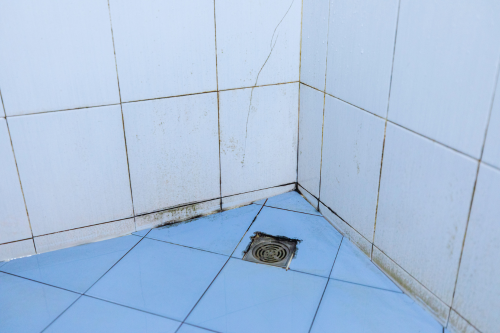
How Mold From Water Damage Affects Your Home
Mold growth after water damage doesn’t just impact health—it also damages your home:
Structural Damage: Mold weakens wood, drywall, and other building materials, compromising your home’s integrity.
Indoor Air Quality: Airborne spores from indoor mold reduce air quality, affecting comfort and health.
Aesthetic Issues: Visible mold stains and musty odors detract from your home’s appearance.
Addressing Mold After Water Damage
1. Mold Testing
Mold testing helps identify the type and extent of mold growing in your home. It is especially useful for detecting hidden mold in walls or under floors. A professional mold remediation company often conducts mold testing as part of the mold remediation process.

2. DIY Mold Removal
Small mold infestations may be manageable with DIY mold removal methods, but caution is required:
Use a mixture of water and detergent to clean non-porous surfaces.
Wear gloves and a mask to reduce mold exposure.
Avoid using bleach on porous materials, as it only removes surface mold.
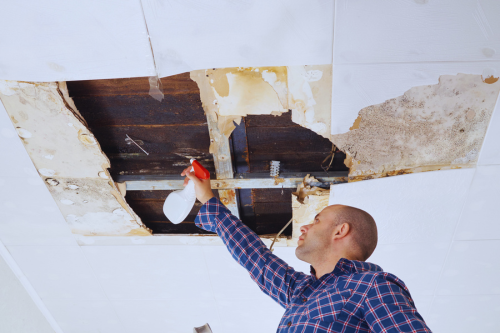
3. Professional Mold Remediation
For extensive mold damage or toxic mold, professional mold remediation is essential. The process includes:
Inspection: Identifying the source of moisture and the extent of the mold infestation.
Containment: Isolating the affected area to prevent mold spores from spreading.
Mold Removal: Using specialized equipment to remove mold from all surfaces, including hidden areas.
Cleanup: Ensuring all contaminated materials, including porous materials, are either cleaned or replaced.
Prevention: Implementing measures to prevent mold growth, such as fixing leaks and improving ventilation.
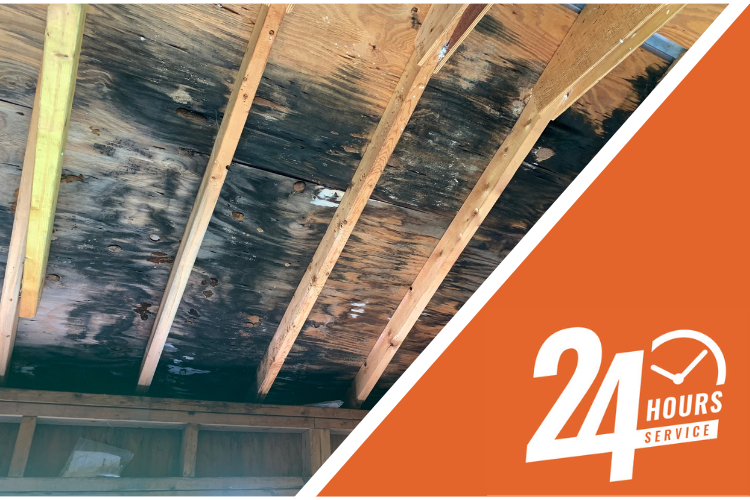
How to Prevent Mold From Water Damage
Preventing mold growth after water damage is crucial for maintaining a safe and healthy home. Here are actionable tips:
1. Control Moisture
Fix water leaks promptly.
Use dehumidifiers to maintain humidity levels below 50%.
Ensure proper ventilation in bathrooms, kitchens, and laundry rooms.
2. Dry Wet Areas Quickly
Dry water-damaged areas within 24–48 hours to prevent mold from growing.
Remove wet carpets, furniture, and other porous materials if they cannot be dried completely.
3. Monitor Humidity Levels
Use a hygrometer to monitor indoor humidity.
Install exhaust fans in high-moisture areas to improve airflow.
4. Regular Inspections
Check for signs of water leaks, condensation, or musty odors regularly.
Schedule periodic mold inspections, especially after water damage.
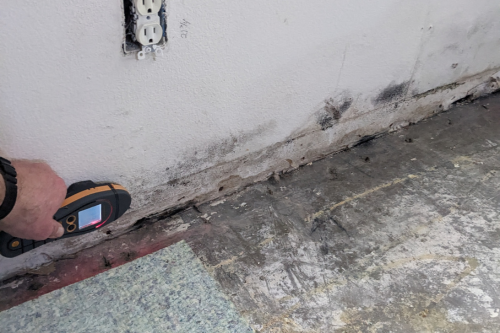
Why Choose Preferred Restoration Services in Orange County?
Preferred Restoration Services specializes in mold removal and remediation for homes affected by water damage. Our team understands the challenges of mold infestation and is dedicated to providing efficient and safe solutions.
Comprehensive Services: From mold testing to complete mold remediation, we handle every step of the process.
Trained Professionals: Our experts are equipped to deal with black mold, airborne spores, and severe mold damage.
Preventative Solutions: We help homeowners prevent mold growth with practical tips and effective repairs.
Conclusion
Mold from water damage is a serious issue that requires prompt attention. By recognizing the different types of mold, understanding their risks, and taking proactive steps, you can protect your home and health. Whether you’re dealing with black mold, airborne spores, or extensive mold damage, Preferred Restoration Services in Orange County is here to help. Contact us today for professional mold remediation and prevention services.
FAQs
1. How long does it take for mold to start growing after water damage?
Mold can begin to grow within 24 to 48 hours of water damage if conditions are favorable, such as high humidity or damp surfaces. Acting quickly to dry affected areas can prevent mold growth.
2. What should I do if I find mold in hard-to-reach areas like air ducts or behind walls?
For mold in inaccessible areas like air ducts or behind walls, contact a professional mold remediation company. They have specialized tools to safely and effectively remove mold from hidden spaces without spreading mold spores.
3. Can mold grow in areas without visible water damage?
Yes, mold can grow in areas with high humidity, condensation, or small, unnoticed leaks. Regularly inspect your home and monitor indoor humidity levels to detect potential mold problems early.
4. Are there specific materials in my home that are more prone to mold damage?
Yes, porous materials like drywall, wood, carpet, and insulation are more prone to mold damage because they absorb moisture easily. These materials often need to be replaced if mold grows on or within them. Non-porous surfaces like glass and metal are less likely to sustain mold growth but should still be cleaned if exposed to mold.
Table of Contents
EXCELLENTVerified A straight up honest broker who knows his stuff. Excellent communication and very helpful problem solving our mold issuePosted onVerified Giving Eric a 5-star review, and we haven't even started any work yet. He came to gave us his professional opinion and quote to address a mold issue in our house. He is clearly very knowledgeable. His opinion was wildly different than the previous estimate we received, from an agency that wanted to charge us about 4 times as much. He did a much more thorough assessment, and explained his reasoning for why he felt that our issue wasn't as extreme as the previous agency. He even gave us some suggestions as to how we could address our issue on our own, if need be. He doesn't appear "out to get you"... there are a lot of companies that work off the "mold is gold" motto, but he doesn't seem to be one of them. If we end up going with him for the job, we'll update the review... but, I was just so happy and relieved with his approach, estimate, knowledge, and his overall professionalism. Glad there are still people like this out there!Posted onVerified Eric and his team were prompt and professional. From diagnosis through cleanup they were very thorough.Posted onVerified Above and beyond expectations. Eric and his team were not only helpful, kind, and relatable to our issues, they were extremely professional and reliable. Always answered our calls. Showed up on time with great attitudes. Respected our home. Most importantly, got the job done in a fast and timely manner. Can't recommend enough.Posted onVerified We had a leak under the kitchen sink and called another company first. We were told there is mold and they would have to tent the area to remove it and that we'd also need a whole new cabinet. Of course, it was pretty expensive and they said we couldn't use the kitchen for a couple weeks. Feeling it's always wise to get more than one estimate, I called Preferred Restoration as they had excellent reviews. Eric replied promptly and came out to look things over. He felt the mold wasn't bad enough to require a tent and also felt a whole new cabinet was not required. Needless to say, we accepted his estimate immediately and the work was done in a professional manner. (They don't do the carpentry work, but can make a recommendation.) I highly recommend Preferred Restoration. I believe it's an honest company with skilled professionals.Posted onVerified Eric the owner was great to work and keep me informed the entire time that the moisture was being removed from my home. Highly recommend Eric and his team for any job!Posted onVerified Right from the start I knew I was going to be in good hands with this company. The response time was super quick and getting Eric to come out to my home to assess the situation was quicker than expected. Eric was very knowledgeable and answered all my questions thoroughly. He took his time to listen to all my concerns to carefully address the issues in my home. He made a stressful situation feel less stressful and manageable. I definitely recommend this company and will contact Eric if needed in the future. Thanks again Eric!Posted onVerified We discovered a mold issue in one of our bedrooms and reached out to Preferred Restoration Services for guidance. Eric was extremely helpful in helping us navigate what needed to be done since we had no experience with this type of issue. He shepherded us through the process and helped us understand every step that needed to be performed. He referred us to a couple of contractors which we used for plumbing and testing and they were also excellent. This was helpful so that we didn't have to figure out who else we needed to work with and vet them as well. Everyone from Preferred Restoration Services was very professional, communication was excellent, and customer service was outstanding. We had a lot of questions and they were all answered very quickly. I highly recommend Preferred Restoration Services for any damage restoration needs.Posted onVerified Preferred Restoration is the best service in town! If you want quality, fair pricing & guidance, call Preferred Restoration! Ask for Eric, he is very helpful and quick.Posted onVerified We had an issue with a sewer line that leaked and potentially needed some soil remediation under the house. I gave Eric a call and made an appointment for the next day for him to come out and assess the situation. Throughout the process his communication was great and he was on time (even gave me a call to let me know he was on his way). He went above an beyond to even check inside the house for potential water damage/mold. We did not have to move forward with any remediation. I appreciate Eric's communication, thoroughness, and HONESTY. We will keep his contact if we need any work in the future. I highly recommend Eric and Preferred Restoration!

